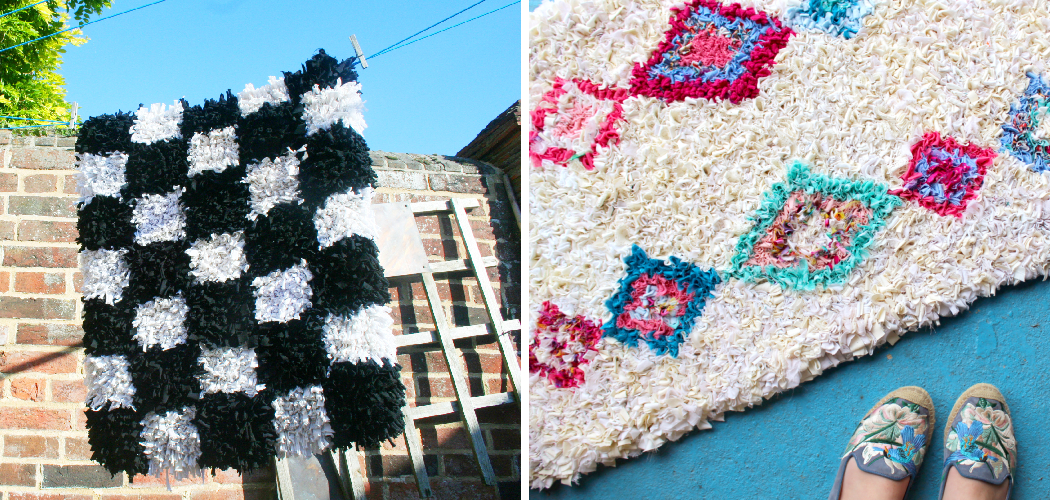Rag rugs add a cozy, homely touch to any space, offering both comfort and color. These durable and versatile rugs have become increasingly popular due to their eclectic aesthetic and sustainable appeal, often made from recycled or repurposed materials. However, their unique composition and texture require special care and attention to ensure they remain vibrant and intact for years to come.
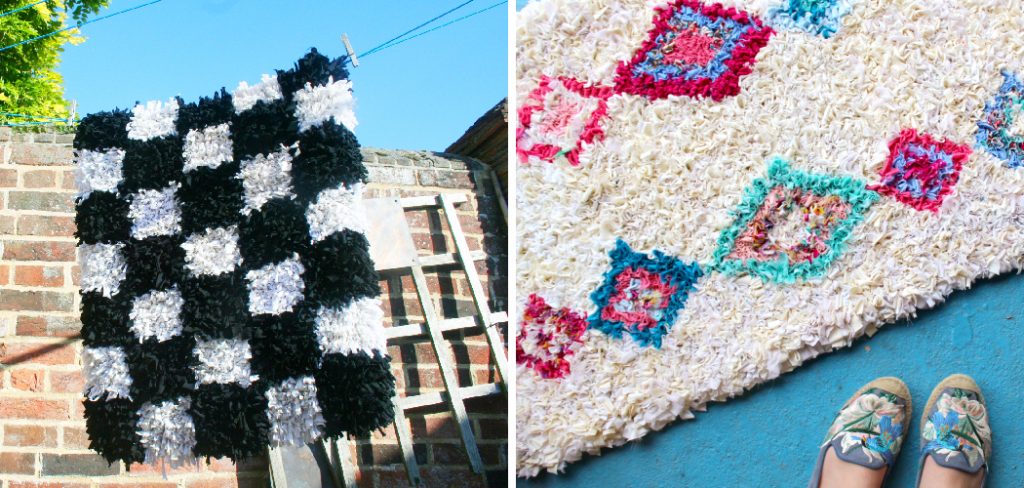
In this guide on how to clean a rag rug, we will walk you through the essentials of cleaning your rag rug, covering everything from routine maintenance to addressing spills and stains, ensuring your beloved rug retains its charm and functionality.
What is a Rag Rug?
Before delving into the specifics of cleaning, it’s important to understand what exactly a rag rug is. Commonly referred to as “rug hooking” or “toothbrush rugs,” these handmade rugs are typically made from strips of fabric or yarn looped through a sturdy base material, such as burlap or canvas.
This technique creates a textured surface that is both durable and soft to the touch, making them perfect for high-traffic areas like entryways and living rooms. Rag rugs come in a variety of shapes, sizes, and patterns, giving them a unique charm and character that can add personality to any room.
It’s worth noting that modern rag rugs are not limited to just recycled materials. While traditional rag rugs were made from old clothing and fabric scraps, contemporary versions can also incorporate new fabrics and yarns, resulting in a more polished and refined look.
Why Cleaning Rag Rugs is Important
Keeping your rag rug clean not only ensures its appearance remains vibrant and appealing but it also prolongs its lifespan. Dirt, dust, and debris can get trapped within the fibers of the rug, causing them to wear down over time.
Additionally, spills and stains can quickly set into a rag rug’s porous surface if not addressed promptly, making them more challenging to remove. Regular cleaning and maintenance can prevent these issues, allowing your rag rug to maintain its beauty and functionality for years to come.
Although rag rugs may seem delicate, they are actually relatively easy to clean. With a few simple steps and the right products, you can keep your rug looking its best without having to resort to harsh chemicals or professional services.
Cleaning Supplies You’ll Need
Before you begin cleaning your rag rug, it’s important to gather all the necessary supplies. Here are some items you’ll need:
Vacuum Cleaner With Upholstery Attachment
A vacuum cleaner equipped with an upholstery attachment is an essential tool for cleaning your rag rug. This attachment is specially designed to gently yet effectively remove dust, dirt, and small debris from the delicate fibers of the rug without causing damage.
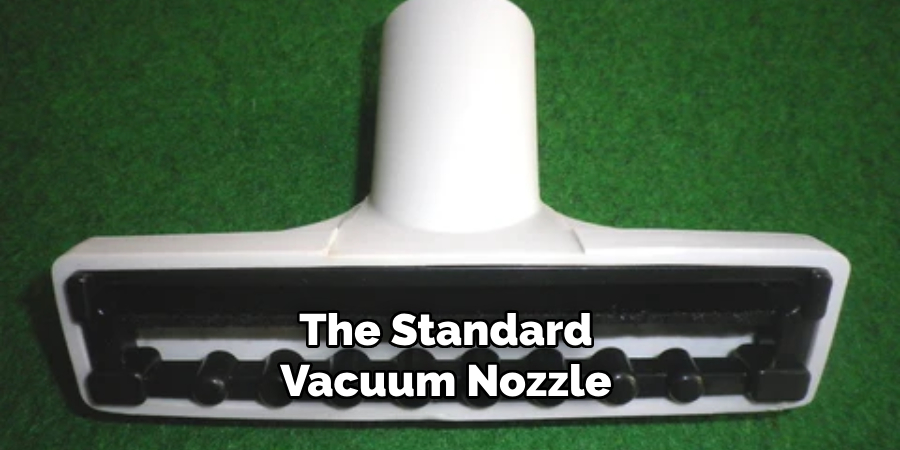
The upholstery attachment works by creating less suction force compared to the standard vacuum nozzle, making it safe for the unique texture and composition of rag rugs. It’s ideal for routine maintenance and should be used regularly to keep your rag rug in optimal condition. Ensure the vacuum setting is on low to prevent the fibers from being pulled or the rug from getting caught in the vacuum.
Mild Detergent or Carpet Cleaner
For deeper cleaning, you may need a mild detergent or carpet cleaner. Make sure to choose a product that is suitable for your rag rug’s specific material composition and follow the instructions carefully.
Soft Bristle Brush
In some cases, you may need to gently scrub spots or stains on your rug. A soft bristle brush is ideal for this task, as it can effectively remove dirt and stains without causing damage to the rug’s fibers.
White Vinegar
White vinegar is known for its natural cleaning properties and can be used as an alternative to harsh chemical cleaners. It’s a gentle yet effective way to remove stains and odors from your rag rug. Mix equal parts white vinegar and water in a spray bottle and lightly mist the affected area before blotting with a clean cloth.
Clean Towels or Cloth
These will be used for blotting and drying your rag rug during the cleaning process. It’s important to use clean towels or cloths to avoid spreading dirt or stains onto the rug’s surface.
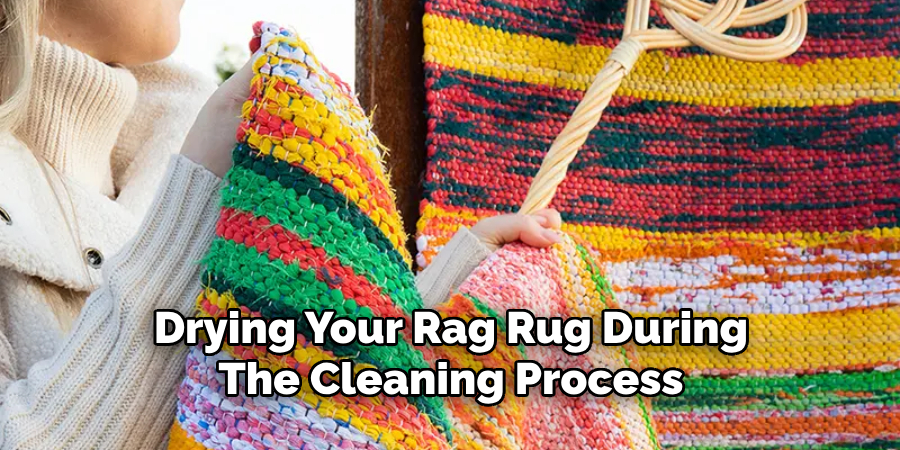
8 Easy Step-by-step Guidelines on How to Clean a Rag Rug
Now that you have all the necessary supplies, let’s dive into the step-by-step guidelines on how to clean a rag rug effectively.
Step 1: Clear the Rug’s Surface
Begin the cleaning process by thoroughly shaking out your rag rug outdoors. This initial step helps to remove any loose dirt, dust, and debris that have accumulated on the rug’s surface.
If the rug is too large or too heavy to shake out by hand, hang it over a sturdy clothesline or railing and use a clean broom or rug beater to gently tap the rug, encouraging the dirt to fall out.
This step is crucial for preventing any surface dirt from being worked deeper into the rug fibers during the washing process. Make sure to perform this task carefully to avoid damaging the rug’s texture and integrity.
Step 2: Vacuum Both Sides
After removing the loose dirt and dust by shaking or beating the rug, the next step involves a thorough vacuuming of both sides.
Begin with the top surface of the rag rug, using the vacuum cleaner with the upholstery attachment to gently lift away any remaining dirt particles embedded within the fibers. It’s crucial to move slowly and carefully to cover all areas of the rug.
Once the top side has been adequately vacuumed, flip the rug over and repeat the process on the bottom side.
This ensures that both sides are free from dirt and dust, which can significantly contribute to the overall cleanliness and maintenance of the rug. Vacuuming both sides not only helps to remove surface dirt but also prevents any build-up from penetrating deeper into the fabric, making future cleaning efforts more manageable.
Step 3: Spot Clean Any Stains
Before proceeding with a full wash, it’s important to address any specific stains on your rag rug. Spot cleaning plays a crucial role in maintaining the appearance and longevity of your rug by targeting and removing stains before they become more difficult to manage.

To spot clean, first, identify any stained areas on the rug. Apply a small amount of mild detergent or a mixture of white vinegar and water directly onto the stain. Use the soft bristle brush or a clean cloth to gently work the cleaning solution into the stain. Be sure to dab rather than scrub to avoid damaging the rug fibers.
After treating the stain, rinse the area with clean water to remove any soap residue, and blot with a clean towel to dry. Repeat this process, if necessary, until the stain is fully removed.
Step 4: Prepare for Washing
Preparation is key to thoroughly washing your rag rug. Start by filling a large basin, bathtub, or any spacious container with lukewarm water. The water temperature should be moderate – too hot water can shrink or damage the fibers, while too cold may not effectively clean the rug.
Mix in a mild detergent or carpet cleaner, following the product’s recommended dosage for the volume of water used. Ensure the solution is well-dissolved in the water to prevent any concentrated spots of detergent on your rug, which can affect its texture and color.
Before submerging the rug, test the cleaning solution on a small, inconspicuous area of the rug to check for any adverse reactions, such as color bleeding or fabric damage. Once you’ve confirmed the solution is safe for your rag rug, proceed to the next step of the cleaning process.
Step 5: Submerge and Soak the Rug
Gently place your rag rug into the prepared solution, ensuring it is fully submerged. Allow the rug to soak for approximately 30 to 60 minutes. This soaking period is essential for loosening any embedded dirt, dust, or oils within the rug fibers.
During this time, periodically agitate the rug gently with your hands or a soft brush to help dislodge any stubborn particles. However, be careful not to scrub too vigorously, as this could damage the fibers of your rug.
After the soaking period, carefully check the rug for any remaining stains or spots that may require additional treatment. This step ensures that the rug is thoroughly cleaned before it is rinsed and dried.
Step 6: Rinse the Rug Thoroughly
Once the soaking period is complete and any specific stains have been addressed, the next critical step is to rinse the rag rug thoroughly. Drain the basin, bathtub, or container used for soaking and gently lift the rug to remove it from the dirty water.
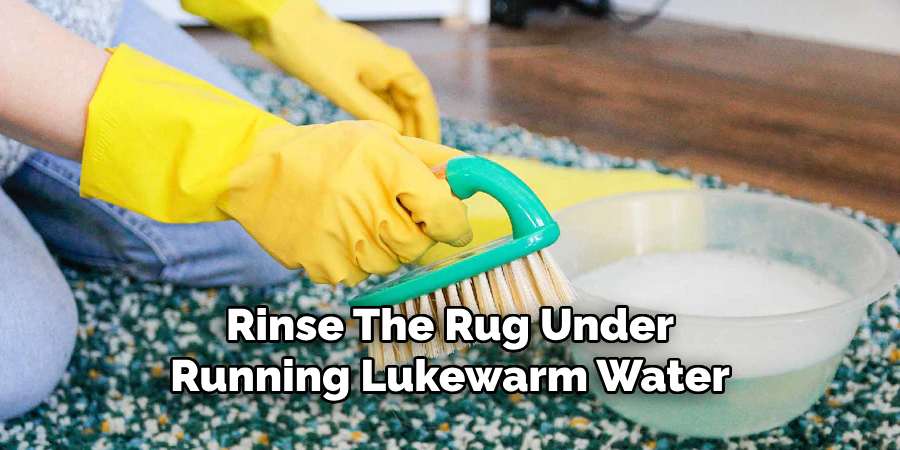
Rinse the rug under running lukewarm water, or use a hose if you’re outdoors to wash away all traces of the detergent solution. It’s important to ensure that the water runs clear, indicating that all soap residue has been removed.
This step may take some time, especially for thicker rugs, as retaining soap within the fibers can attract dirt and diminish the rug’s overall cleanliness. Rinse both sides of the rug to ensure a thorough clean.
After rinsing, gently squeeze or press the rug to remove excess water, being careful not to twist or wring it out, as this can damage the fibers or alter the shape of the rug.
Step 7: Dry the Rug
After rinsing, the next step is drying your rag rug properly to prevent any mildew or odor from developing. Start by laying the wet rug flat on a clean, dry surface that’s well-ventilated or outdoors under the sun, ensuring it’s not directly on grass or dirt to avoid any new stains.
If possible, elevate the rug on a large drying rack to allow air circulation on both sides, speeding up the drying process. Avoid hanging the rug, as the weight of the water could stretch or misshape the fibers.
If you’re drying the rug indoors, consider using fans to move the air around the rug or a dehumidifier to help reduce moisture in the air. Flip the rug every few hours to ensure both sides dry evenly.
It’s important to make sure the rug is completely dry before using it again to avoid any potential damage or discomfort. Depending on the size and thickness of your rag rug, it may take up to a day or two for it to dry completely.
Step 8: Groom the Rug
Once your rug is fully dry, it’s essential to groom and fluff the fibers for a more attractive appearance.

You can use a soft-bristled brush or comb to gently brush in the direction of the nap (the natural direction of the fibers) to help restore its texture and shape. This step also helps to remove any remaining dirt particles that may have been trapped in the fibers during the washing and drying process.
Following these steps on how to clean a rag rug can help you clean your rag rug effectively, maintaining its appearance and prolonging its lifespan.
Remember to regularly vacuum and spot-clean your rug in between washes to keep it looking fresh and inviting for years to come. With proper care, your rag rug can continue to add warmth, texture, and character to your living space. Happy cleaning!
Spot Cleaning and Stain Removal Tips for Persistent Stains
Sometimes, despite your best efforts, some stains on rag rugs can prove to be particularly stubborn and may not come out with the initial spot-cleaning process. In such cases, additional measures can be taken to tackle these persistent stains without damaging the fibers of your rug.
Use a Specialized Stain Remover:
For stains that are resistant to mild detergent or vinegar solutions, consider using a stain remover specifically designed for use on rugs. Always test the stain remover on a small, inconspicuous area of the rug first to ensure it does not cause discoloration or damage to the fibers.
Apply a Baking Soda Paste:
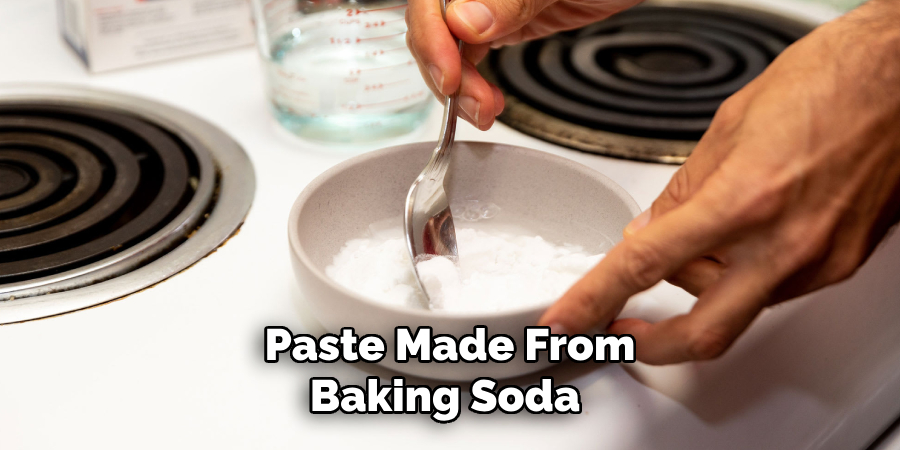
For organic stains, such as those from food or pets, a paste made from baking soda and water can be effective. Apply the paste to the stain, leave it to dry completely, and then gently brush or vacuum it away. Baking soda is excellent for absorbing odors as well as lifting stains.
Cold Water and Salt for Wine Stains:
If red wine spills on your rug, blot up as much of the wine as possible, then sprinkle the area with salt to absorb the remaining moisture. After a few hours, rinse the area with cold water. The salt helps to draw the wine out of the fibers, making it easier to rinse away.
Iron Over a Damp Cloth for Wax and Gum:
If wax or gum has found its way onto your rug, cover the spot with a damp cloth and gently iron over the top. The heat will cause the wax or gum to adhere to the cloth, lifting it from the rug fibers.
Enzyme Cleaners for Pet Stains:
For pet urine or fecal stains, an enzyme-based cleaner can be particularly effective. These cleaners break down the proteins in the stains, effectively removing them and eliminating odors. Be sure to follow the instructions on the product label.
In any spot-cleaning scenario, patience and gentle handling are key. Vigorous scrubbing can damage the rug’s fibers and cause the stain to spread, making the situation worse. By taking a measured and methodical approach to stain removal, you can maintain the integrity and beauty of your rag rug for many years.
Frequently Asked Questions
Q1: Can I Machine Wash My Rag Rug?
While some rag rugs may be suitable for machine washing, it’s generally recommended to hand wash or spot clean them to avoid any potential damage. If you do choose to machine wash your rug, use a gentle cycle with cold water and avoid using any fabric softeners. Always check the care instructions on your rug before attempting to machine wash it.
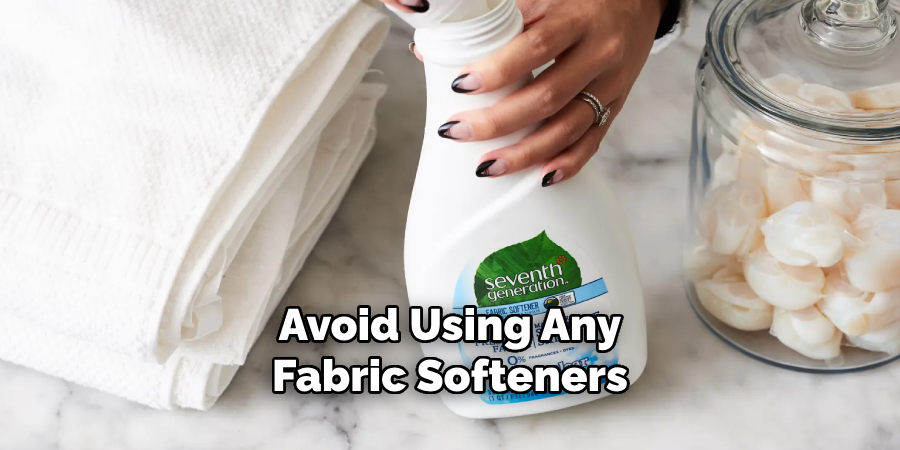
Q2: Can I Use Bleach on My Rag Rug?
Bleach is not recommended for use on most rag rugs as it can weaken the fibers and cause fading or discoloration. If you must use bleach, dilute it with water and test it on an inconspicuous area of the rug first to ensure it does not cause any damage.
Q3: How Often Should I Clean My Rag Rug?
The frequency of cleaning your rag rug depends on how much foot traffic it receives. It’s generally recommended to vacuum your rug at least once a week and spot-clean as needed. A full wash can be done every 6-12 months or more frequently if the rug is heavily used. However, always check the care instructions provided by the manufacturer for specific recommendations.
Final Thoughts
Caring for a rag rug goes beyond just aesthetic appeal; it’s about preserving the craftsmanship and stories woven into its fabric.
Regular maintenance, through the steps on how to clean a rag rug outlined above, ensures that your rug remains a vibrant and cherished part of your home. Over time, these cleaning rituals become second nature, blending seamlessly into your routine.
The effort invested in these care practices not only extends the life of your rag rug but also enriches your living space with its enduring beauty. Remember, a well-cared-for rag rug can transcend its utilitarian purpose, evolving into a treasured heirloom that carries memories and history from one generation to the next.
